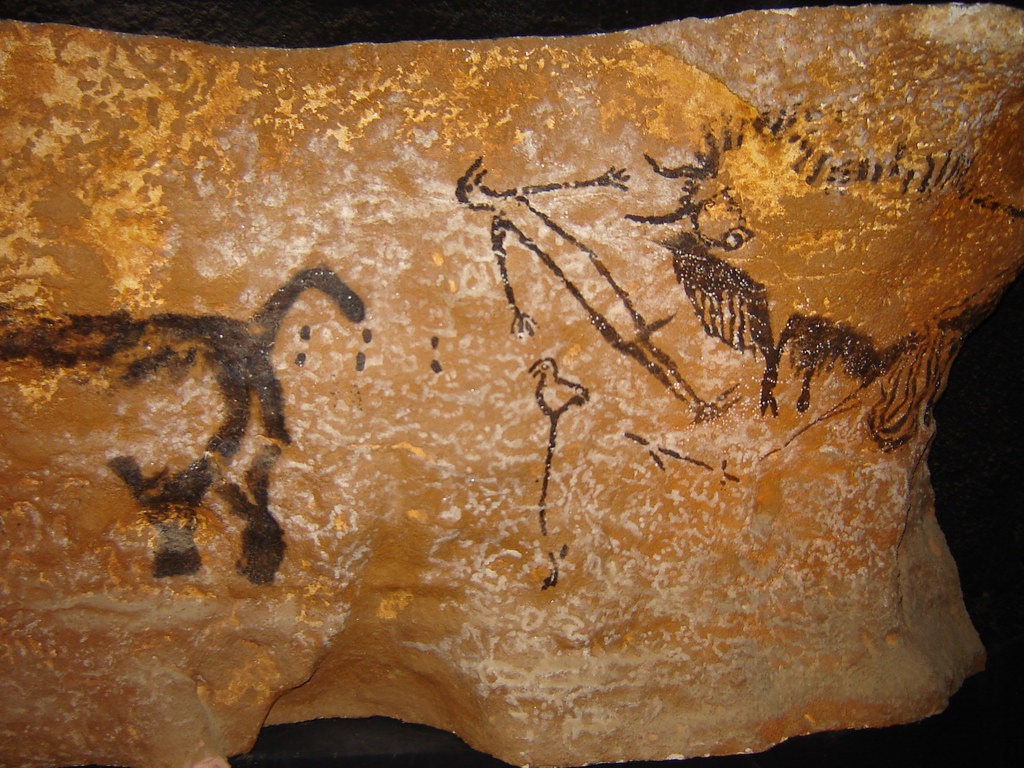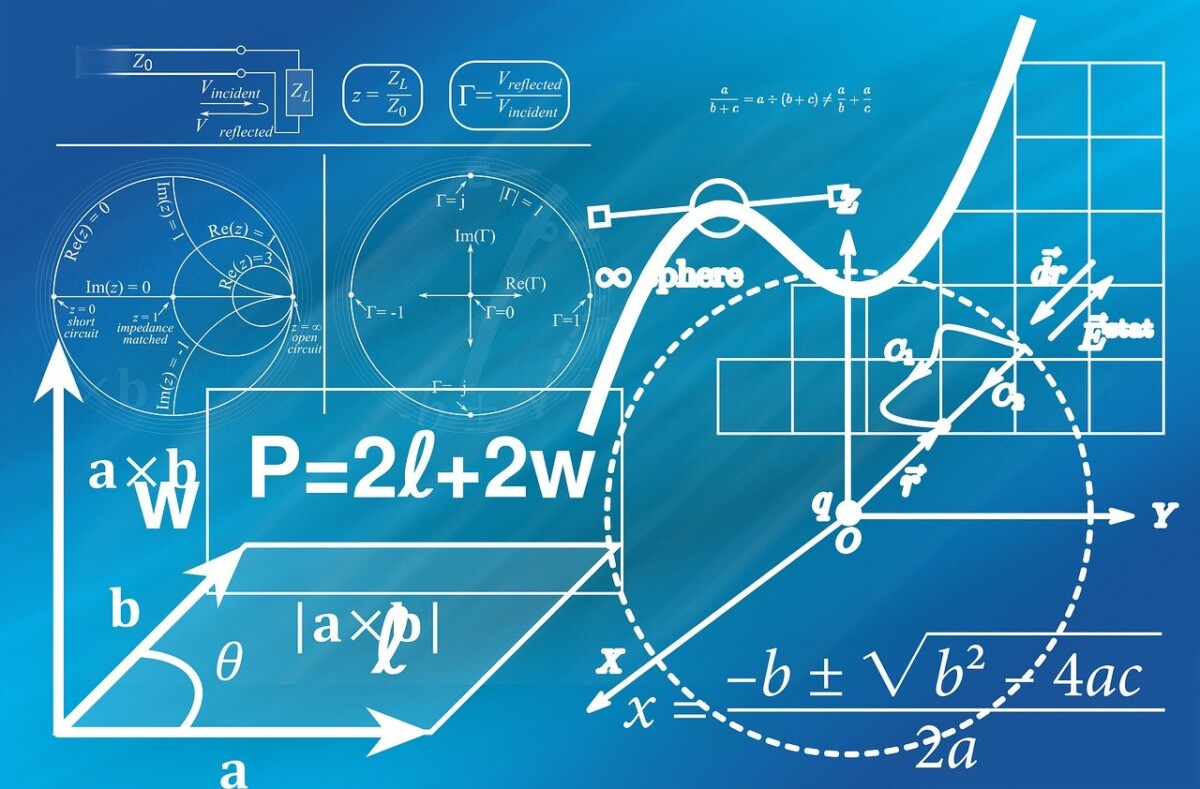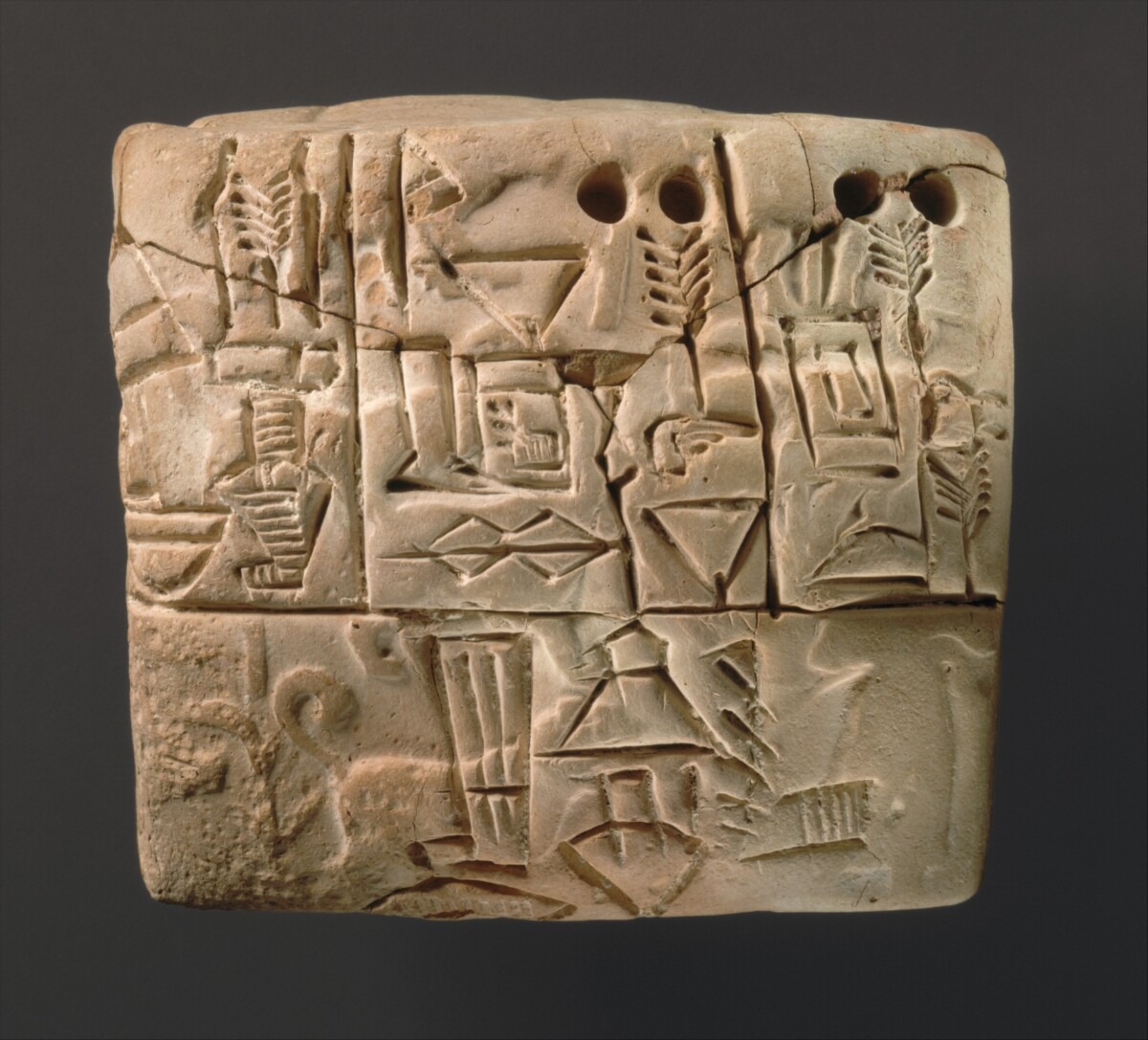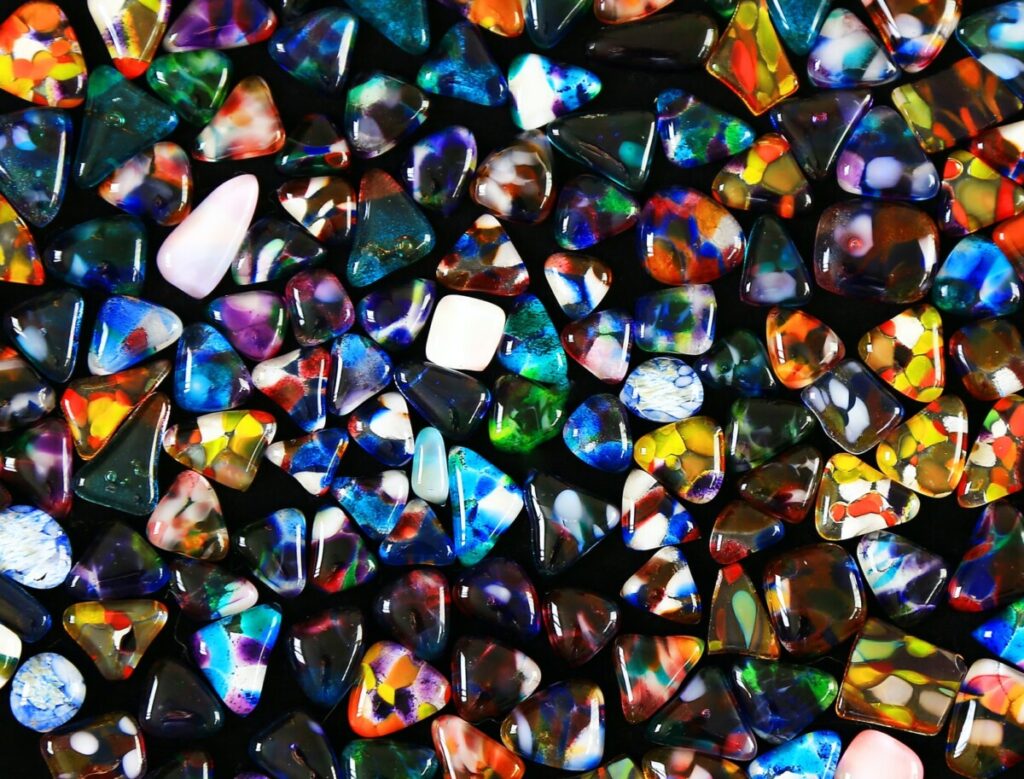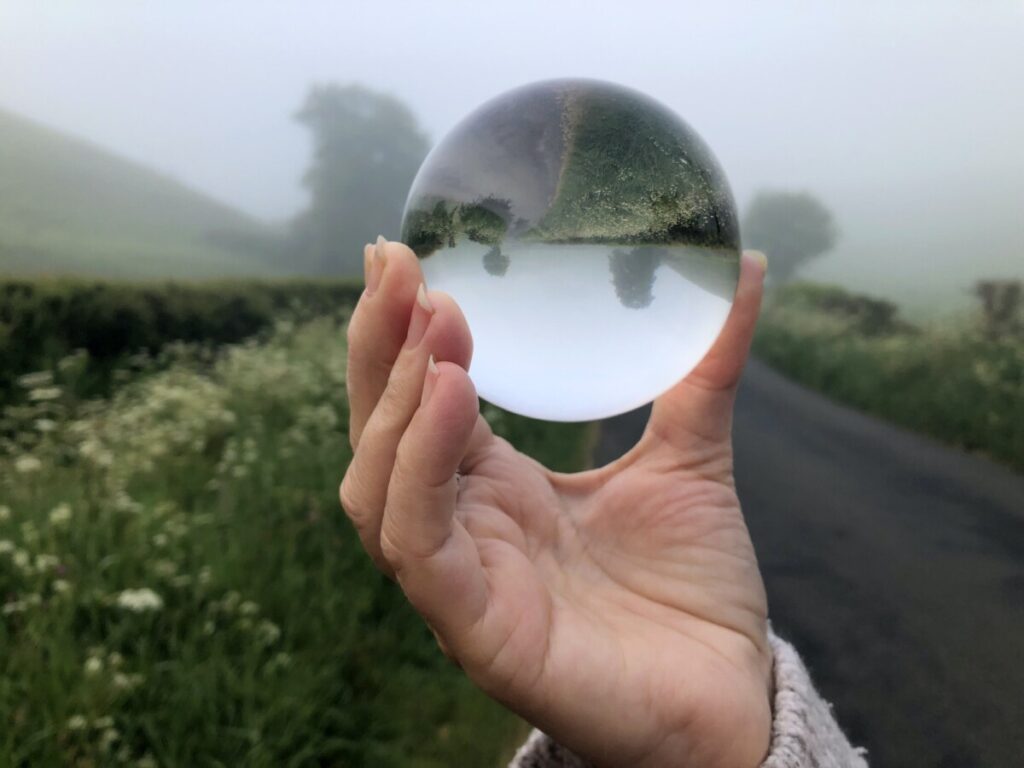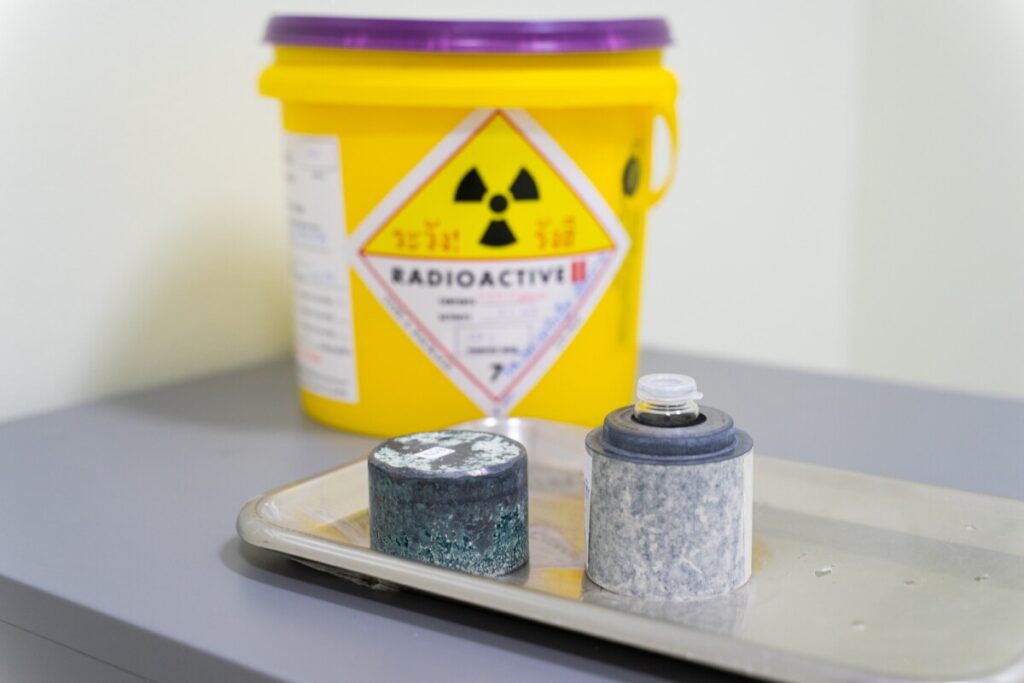Rediscovery: City of Catalhoyuk, circa 7100 BCE
The ancient site of Çatalhöyük was not continuously known through historical records and was rediscovered in the modern era. It was first excavated by James Mellaart in 1958, who conducted major excavations between 1961 and 1965. These excavations revealed a wealth of information about Neolithic life and brought significant attention to the site. Its discovery […]
Rediscovery: City of Catalhoyuk, circa 7100 BCE Read More »



